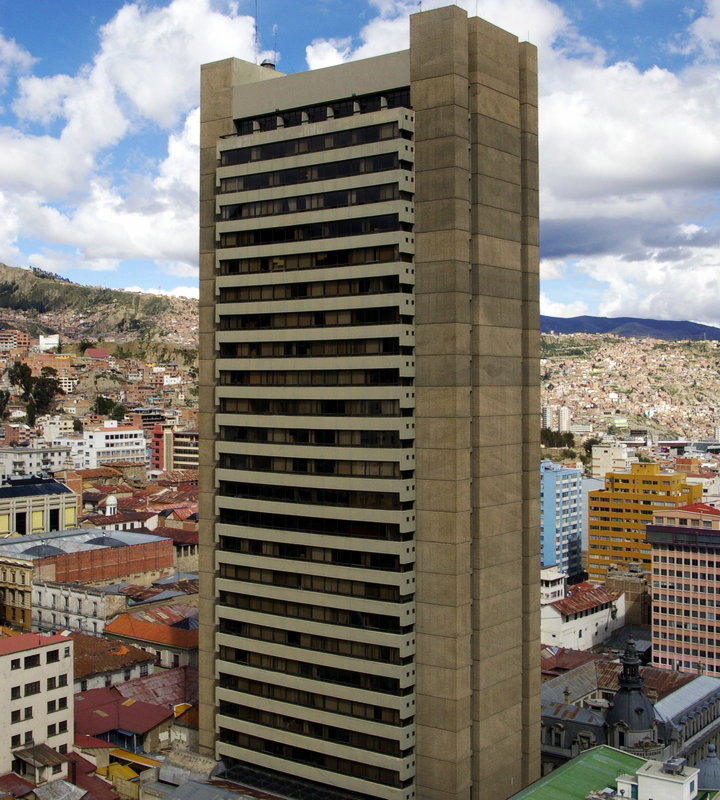The Neo-Tiwanakan or Pseudo-Tiwanakan architecture is a style developed by the architect Emilio Villanueva Peñaranda between the years 1930 and 1948 inspired in the designs of the Pre-Columbian archeological site of Tiwanaku in Bolivia.
Origins
The architect Emilio Villanueva popularized the Neo-Tiwanakan architecture in the city of La Paz during the decade of the 1930s. The inspiration for these designs was the blueprints for ideal reconstructions of Tiwanaku elaborated by Edmund Kiss in 1937; these designs were adapted by Villanueva to give them an urban and contemporaneous style.
Key architects Emilio Villanueva Peñaranda
Founded 1930-1948
Location La Paz
Significant works and honors
Buildings National museum of archeology, Hernando Siles stadium, Higher University of San Andrés, Central Bank of Bolivia
Source From Wikipedia
